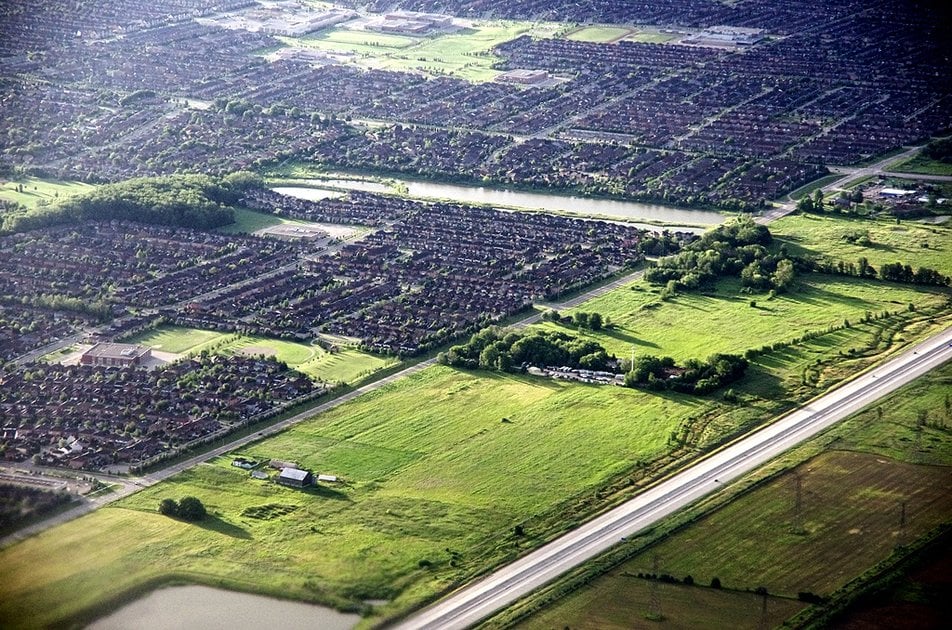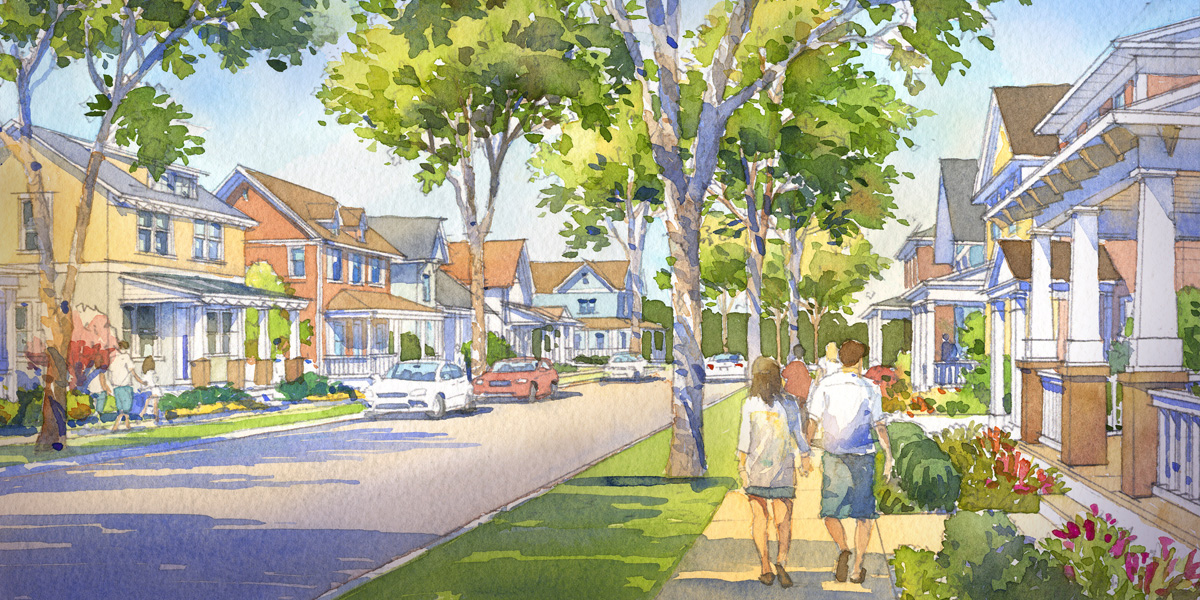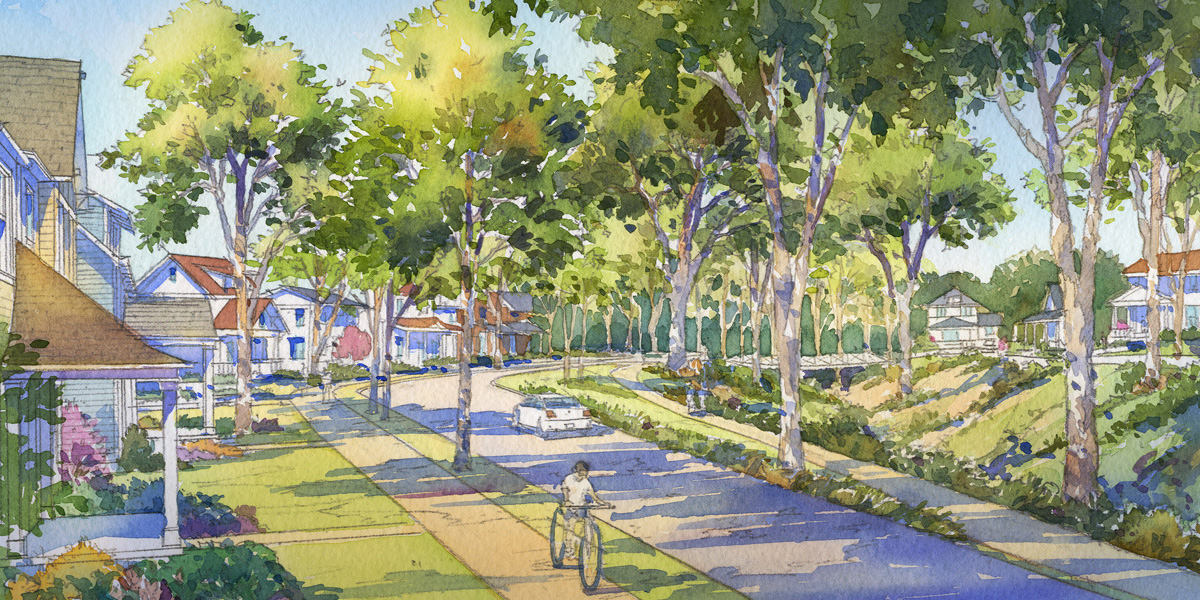...On the streets of Amsterdam, bikes whizz by and walkers step blithely in front of cars (often with no demarcated crosswalk in sight). In America, we privilege automobiles to the point that pedestrians and cyclists are often considered at best secondary to urban design and at worst a nuisance. In Amsterdam, where
biking is booming and multimodal transit is the norm, it’s the reverse, and I spent too many minutes at intersections waiting for some signal that it was my turn to cross. In many instances, it was
always my time to cross. As an American pedestrian who expects traffic to be more segmented, it took time to get used to the fact that roads are designed to be shared. It was hard to return to the States and be shunted to the sidewalk—and I’m fortunate to live where sidewalks are the norm. In many American communities, like
Austin or
Atlanta, cars are so much the default that there’s little or
no sidewalk at all.
This type of shared street is known in Dutch as a woonerf, which literally means “residential area” but is better translated from an urbanist perspective as “living street.” In areas that have been woonerf
-ized, bikes, pedestrians, and cars intermingle without barriers. In the Netherlands and Belgium, this is frequently accomplished by having cars share the same space—at the same grade—with the pedestrians and bikers that often greatly outnumber autos. Visiting Haarlem, the city just outside Amsterdam that’s famous as the home of painter Frans Hals and for lending its name to the neighborhood in New York City, we found this type of street sharing is the norm. In the city’s core there are no sidewalks at all: pedestrians, bikes, and cars simply share the street. Forced to drive at safe speeds, cars and trucks become the exception for getting around, used for deliveries and hauling cargo, not shuttling single individuals—unlike in the United States, where “
74 percent of [commuting car] trips are individuals driving alone.”
Some American cities are embracing the woonerf, but too often in the most timid manner possible. In Boston,
a planned development of 18 homes and 70 apartments will incorporate living streets—but also include a massive parking garage. In Los Angeles, the
Isla Connections will do better, with 54 one-bedrooms for the formerly homeless built around woonerf-ed streets, but for this type of street calming to work, it needs to be brought into larger neighborhoods.
San Francisco’s recent decision to
ban cars for 1.7 miles of Market Street is a good start. The street will become the
exclusive domain of buses, streetcars, bikes, pedestrians, and the occasional taxi. Uber—the headquarters of which lie just outside the new car-free street—and Lyft will only be able to operate on side streets. Manhattan’s
14th Street Busway remains a work in progress, but
points toward the possibility that larger swaths of that city could begin to privilege people over cars...






:format(webp)/cdn.vox-cdn.com/uploads/chorus_image/image/66211736/car_congestion_final.0.jpg)
:format(webp):no_upscale()/cdn.vox-cdn.com/uploads/chorus_asset/file/19653714/car_congestion_spot.jpg)











